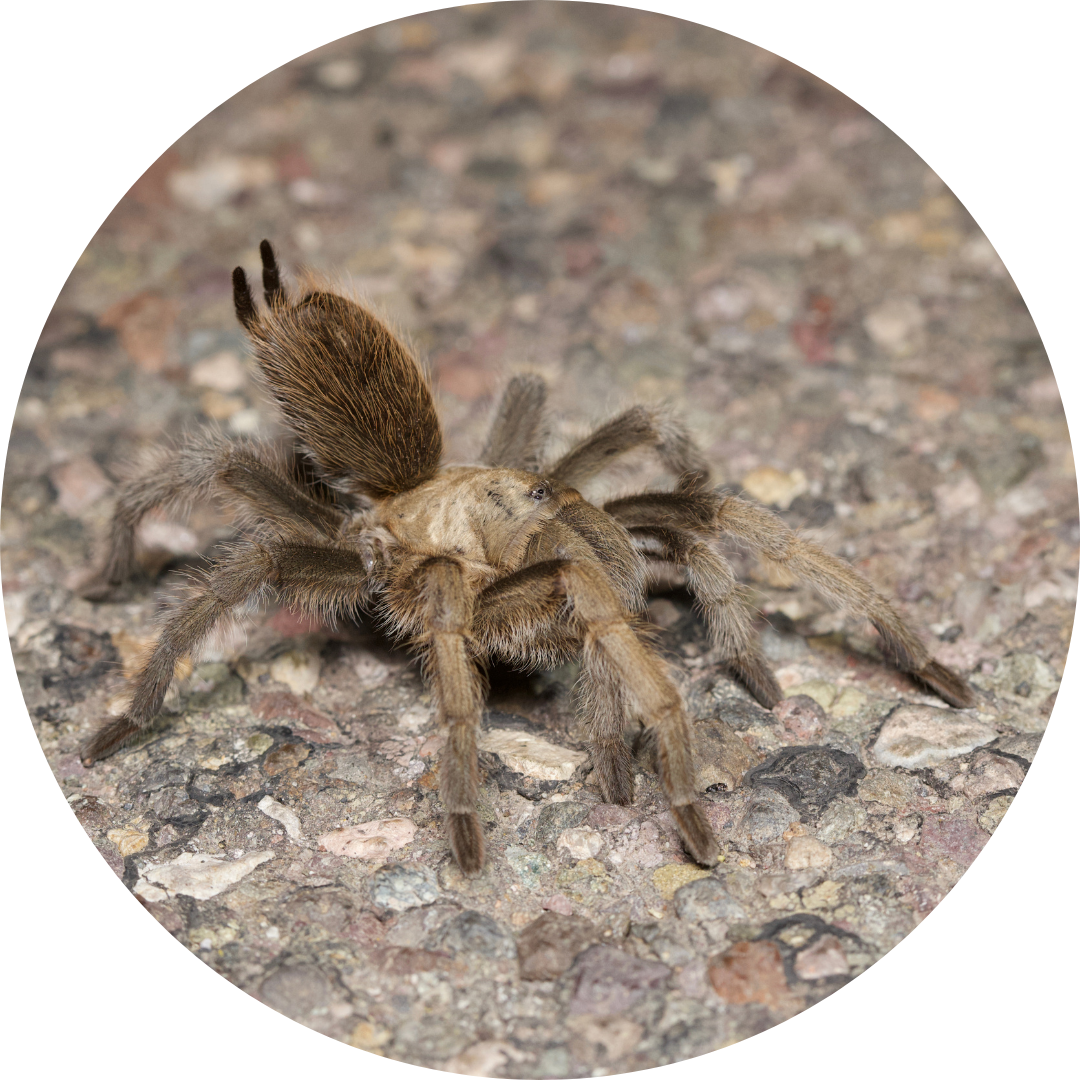
Author: George H. Harrison.
When the sun goes down and songbirds disappear into cover to roost, you might think that backyard wildlife watching is finished for the day. But the truth is that when darkness sets in, there is merely a change of characters on the backyard stage. The diurnal wildlife goes undercover and the nocturnal animals appear.
Because it’s dark, it may be more difficult to see the new cast of wild animals, but they are there and you don’t need owl vision to watch them.
1. Install a spotlight that shines on your bird feeders, and turn it on periodically after dark.
You may be surprised to find a number of birds and mammals carrying on at the feeders. Flying squirrels are especially common backyard residents that hang upside down on tube feeders munching on nyjer, sunflower and wild birdseed mix. Ten o’clock is a good time to look for them. Raccoons, opossums, rabbits and mice are likely nighttime visitors, too. In some regions, deer and elk also eat from bird feeders at night.
2. Keep the birdbath water flowing all-night.
It will attract a variety of wildlife that can be watched with the aid of a spotlight trained on the water source. In my yard, I remember watching an eastern screech owl having a drink at midnight on a New Year’s Eve.
3. Cover the lens of a flashlight with a piece of red plastic wrap or tissue paper (you can use a rubber band to secure the filter).
The eyes of many nocturnal creatures do not pick up the red end of the light spectrum, so you can shine this colored light on wildlife with minimal disturbance. The red light may also help your eyes adjust to the darkness.
4. Look for earthworms in damp soil.

Earthworms and other moist-skinned creatures take cover during the day to protect their bodies from the drying effects of the sun. On warm nights, they strike out in search of food. If you spot silvery trails across the ground, you can be certain slugs or snails are nearby (they produce a slimy substance to help them move about). Check low-growing plants in garden beds, woods and other moist places for these mollusks.
5. Step outside after dark and listen—the night is full of sounds.
Most of the year, owls can be heard, each calling their own distinct hoot or whine. In the spring and fall, tree frogs are also common nighttime songsters in many areas; they sound so much like birds that most listeners are fooled. Every spring in the wetlands adjacent to my home, I can hear tiny aquatic frogs sing their mating chants, producing a chorus of peeps, chirps and continuous chords. During breeding season, especially when the moon is full, northern mockingbirds may be at the top of their song, whistling and chirping dozens of different noise imitations. Black-crowned and yellow-crowned night-herons may be barking and squawking during spring and summer nights. A whip-poor-will may be calling incessantly from the nearby woodland.
6. Hang a bed sheet in your yard and shine a white light directly on it.
Insects are a big part of the nighttime backyard show. Depending on the season, the sounds of crickets, cicadas, and katydids may be so loud that they drown out other woodland sounds. Fireflies can be spotted flashing their mating lights, and moths of all sizes are attracted to patio or spotlights in the warm weather.
7. You may be able to watch spiders from the comfort of your home if you leave a porch light on overnight.
The light will draw insects that, in turn, will draw spiders looking for a feast. You can also head outdoors with flashlight in hand and embark on a spider safari. Look on the ground for trapdoor and wandering spiders; seek out web builders in bushes or on fences.
8. Just before dark during warm weather, look up in the sky for chimney swifts and common nighthawks chasing insects on the wing.
Both species range throughout much of the country. The smaller swifts make a chattering sound, while the nighthawks give a peent call. In some areas in late summer and early fall, masses of nighthawks can be seen around sunset as they migrate south.
9. If you’re a fan of high-tech gadgets, consider purchasing a night-vision viewing device such as goggles.
It will offer an entirely new dimension to wildlife watching after sunset by painting the nighttime world in a soft, greenish light.
Originally Published by the National Wildlife Federation: https://blog.nwf.org/2005/10/mother-natures-late-show-9-tips-for-watching-wildlife-at-night/
.png)